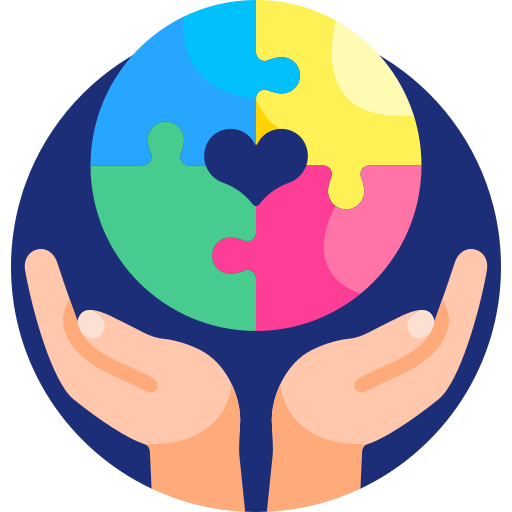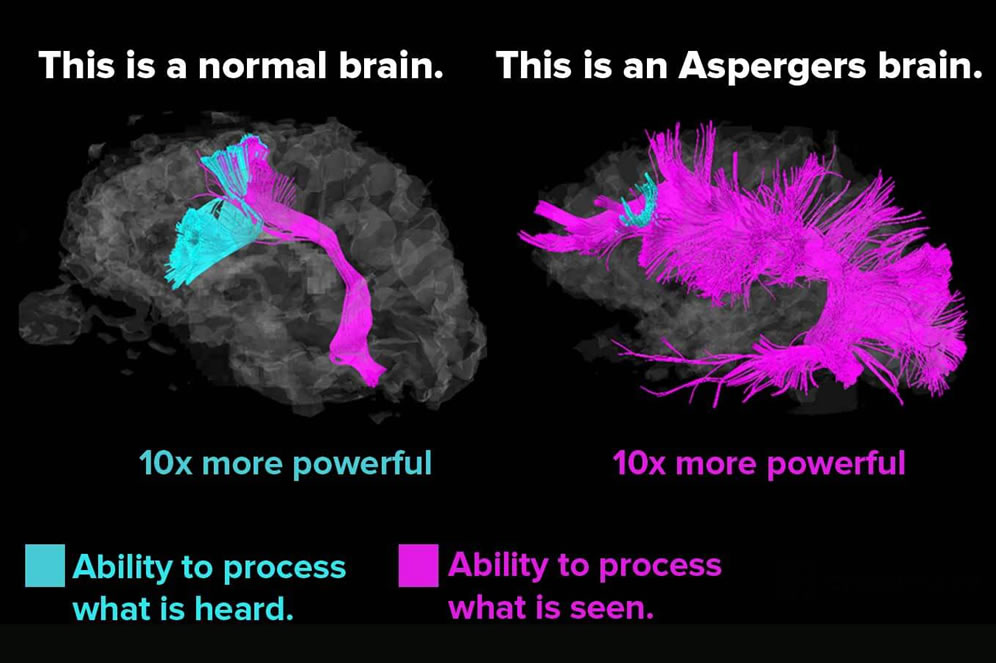
Autistic Disorder (Classic Autism)
Autistic Disorder (Classic Autism / Kanner's Autism)
Classic autism is also called autistic disorder or Kanner’s autism. It is the most severe form of autism, and it is typically diagnosed in children before the age of three. Classic autism affects a person's social, verbal, and nonverbal communication skills. People with classic autism may have difficulty making eye contact, engaging in conversation, and understanding emotions. They also tend to be very withdrawn socially and spend much of their time alone doing repetitive things. This manifests as significant language delays, social and communication challenges, and unusual behaviors. There may be additional learning difficulties and below-average intelligence as well

General outlook of the Classic Autism / Kanner's Autism
Kanner’s Syndrome, often recognized as Early Infantile Autism or Childhood Autism, is a complex neurodevelopmental disorder identified by remarkable impairments in social interaction and communication. Founded on the groundbreaking studies of Leo Kanner, this disorder presents itself commonly within the first three years of a child’s life, marking a critical period of brain development. The spectrum of Kanner’s Syndrome reflects a wide range of symptoms, giving rise to diverse profiles of affected individuals.
This form of autism is often referred to as Classic Autistic Disorder, and its symptoms can include difficulties comprehending or connecting with others, making hardly any eye contact, and being too sensitive to stimuli (smell, light, noise, taste, or touch). Kanner's Syndrome- diagnosed children have a strong desire for routine and frequently show no interest in their surroundings. These kids focus on themselves and don't seem to want to communicate with others.
Behaviourial Symptoms of Classic Autism / Kanner's Autism
Early in a child's life, there are a number of indications or markers of Kanner's autism. Early detection allows for the patient to receive the best care available. Below is a detailed summary of this disorder's symptoms:

 Social Interactions
Social InteractionsKids with Kanner's disease won't be interested in talking about their personal joys or sorrows. Typically, they struggle to get along with their peers. These kids struggle with nonverbal communication. In fact, they shy away from eye contact and have trouble reading body language and posture
 Communication
CommunicationKanner's autism may cause problems with verbal and nonverbal communication. Such kids experience major speech development issues. Even children who are able to speak may struggle to get a conversation going or maintain one.
 Apathy towards activity
Apathy towards activityKanner's patients typically never participate in or play activities like typical kids their age. These kids could be more interested in one part of an item than the entire
 Withdrawn
WithdrawnChildren with this disease are typically reserved and reticent about others around them. In actuality, the majority will seem estranged from their family.
 Obsessions
ObsessionsThese kids will develop a strong preference for and get fixated on a specific topic or object
 Routine
RoutinePeople with Kanner's autism tend to follow a routine constantly and dislike change of any type
 Behaviourial Issues
Behaviourial IssuesChildren with this illness frequently experience issues including temper outbursts and quick anger.
Causes of Classic Autism / Kanner's Autism
The cause of Kanner's syndrome is unknown. There are certainly numerous reasons given the disorder's intricacy and the fact that symptoms and severity vary. Environment and genetics could both be important
Kanner's Syndrome appears to be caused by several distinct genes. This illnessmay be linked to a genetic condition in some kids. Other youngsters may be more susceptible to autism spectrum disorder due to genetic abnormalities (mutations). Other genes may influence how the brain develops, how brain cells communicate, or even how severe a symptom is. While some genetic changes appear to be inherited, others happen on their own
Currently, scientists are looking at the potential causes of Kanner's Syndrome, including viral infections, medicines, pregnancy difficulties, and air pollution
Complications
Social interaction, communication, and behavior issues can result in difficulties in school and with learning successfully, problems in the workplace, an inability to live independently, social isolation, stress in the home, and victimization.





